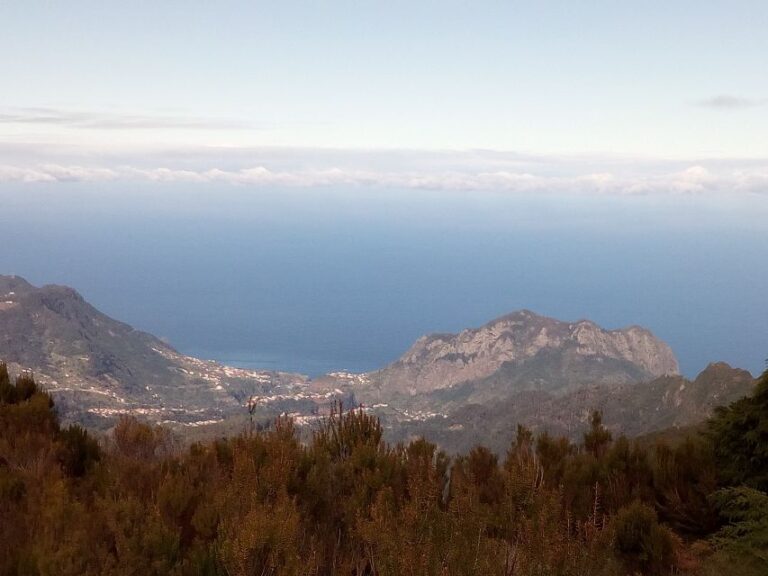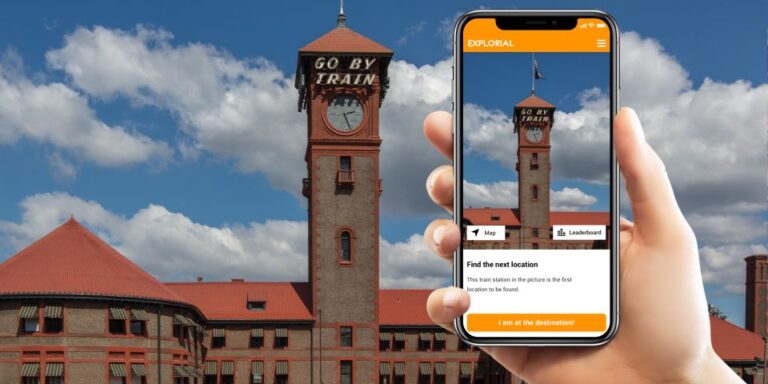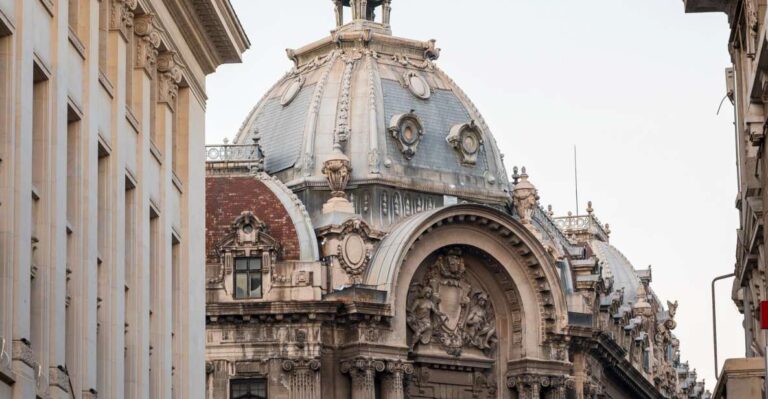Tucked beneath the bustling streets of Istanbul lies a hidden marvel – the Basilica Cistern. This 6th-century engineering masterpiece was once a vital water supply system for the Byzantine Empire. Today, visitors can descend into its cavernous depths, marveling at the symmetrical rows of towering marble columns and the mysterious Medusa heads that adorn their bases. As one explores this subterranean sanctuary, the sights and sounds transport them back in time, hinting at the rich history and cultural significance that lies beneath the surface. What secrets does the Basilica Cistern hold, and how did it come to be one of Istanbul’s most captivating attractions?
Key Points

- The Basilica Cistern is a majestic underground water reservoir constructed by Byzantine Emperor Justinian I in the 6th century CE.
- Visitors can explore the Cistern’s cavernous expanse, marveling at the 336 towering columns, many featuring intricate Medusa head carvings.
- The Cistern’s strategic design and engineering prowess showcase the architectural feats of the Byzantine builders.
- Visitors can traverse the iconic raised walkway and admire the still waters reflecting the inverted world above.
- The Basilica Cistern is a captivating historical attraction that offers a glimpse into Istanbul’s rich Byzantine past.
Overview of the Basilica Cistern
The Basilica Cistern, also known as Yerebatan Sarayı or the Sunken Palace, is a majestic underground water reservoir constructed by the Eastern Roman Emperor Justinian I between 527 and 565 CE.
This colossal structure, with a capacity of 80,000 tons, is the largest covered cistern in Istanbul. Measuring 140 meters in length and 70 meters in width, the rectangular layout of the cistern is truly awe-inspiring.
The 336 columns, rising to a height of 9 meters and spaced 4.80 meters apart in 12 rows of 28, support the structure and contribute to the cistern’s impressive atmosphere.
This historical marvel served as a water supply system for the Great Palace and nearby structures for centuries.
Architectural and Engineering Features
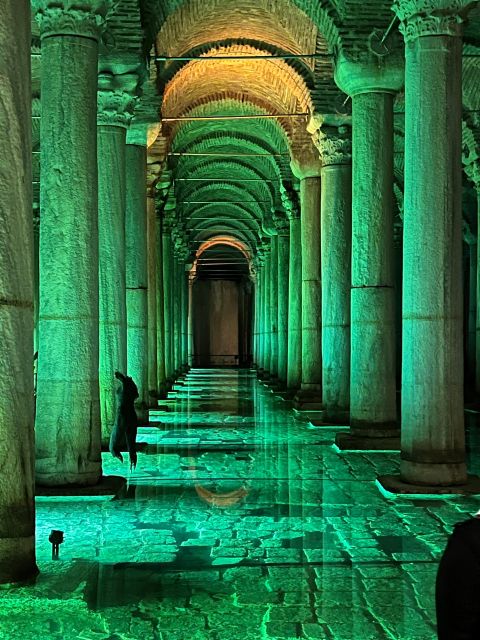
Columns within the Basilica Cistern predominantly feature single marble blocks, rising grandly to a height of 9 meters and spaced 4.80 meters apart in 12 distinct rows. This engineering marvel is a true testament to the architectural prowess of the Byzantines. The columns not only support the structure but also add to the awe-inspiring atmosphere, creating a sense of wonder and reverence within the visitor.
The architectural and engineering features of the Basilica Cistern are truly remarkable:
- The 336 columns are meticulously arranged in 12 rows of 28, creating a visually stunning and symmetrical layout.
- The columns are predominantly carved from single marble blocks, showcasing the skilled craftsmanship of the builders.
- The strategic placement and design of the columns contribute to the overall structural integrity and stability of the massive underground reservoir.
Historical Significance and Restoration
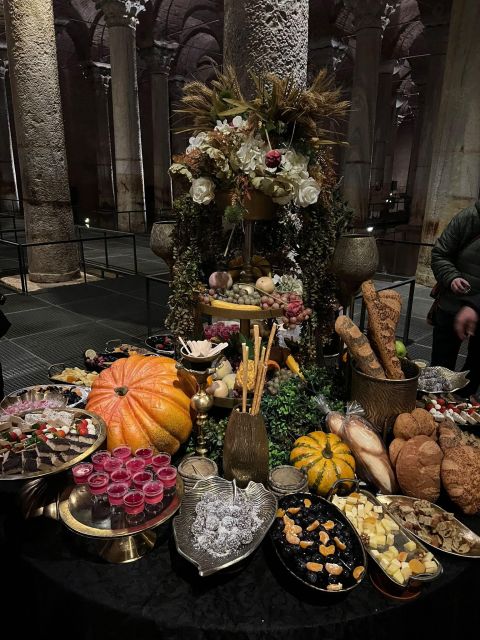
For centuries, the Basilica Cistern served as a critical water supply system for the Great Palace and nearby structures in Istanbul.
During the Ottoman era, restoration efforts were undertaken by Sultan Ahmed III and Sultan Abdulhamid II to preserve this architectural marvel. Their work helped maintain the cistern’s structural integrity and functionality, ensuring it continued to play a vital role in the city’s infrastructure.
In the 1980s, a major restoration project was undertaken, revealing the iconic Medusa head blocks that serve as column bases – a testament to the cistern’s rich history and cultural significance.
Today, the Basilica Cistern stands as a testament to the engineering prowess of the Eastern Roman Empire and the enduring efforts to safeguard this remarkable subterranean wonder.
Visitor Experience
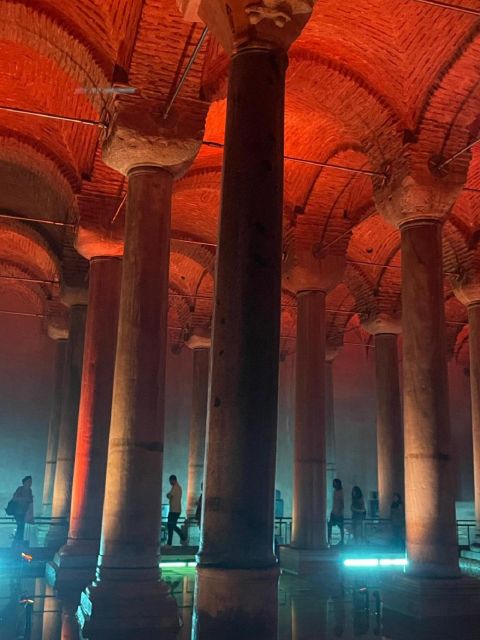
After undergoing extensive restoration in the 1980s, the Basilica Cistern reopened as a museum, welcoming visitors to explore its awe-inspiring subterranean chambers. Visitors can now traverse the site’s iconic platform, marveling at the 336 towering columns that support the structure’s impressive vaulted ceilings.
The Basilica Cistern has become a must-see destination for visitors to Istanbul, attracting notable figures such as former U.S. President Bill Clinton and former Dutch Prime Minister Wim Kok. Visitors can enjoy:
- Skip-the-ticket-line access
- Live tour guides in English
- Private group options
The Basilica Cistern’s restoration has transformed it into a captivating historical attraction, allowing visitors to step back in time and experience the grandeur of this ancient underground wonder.
Tour Details
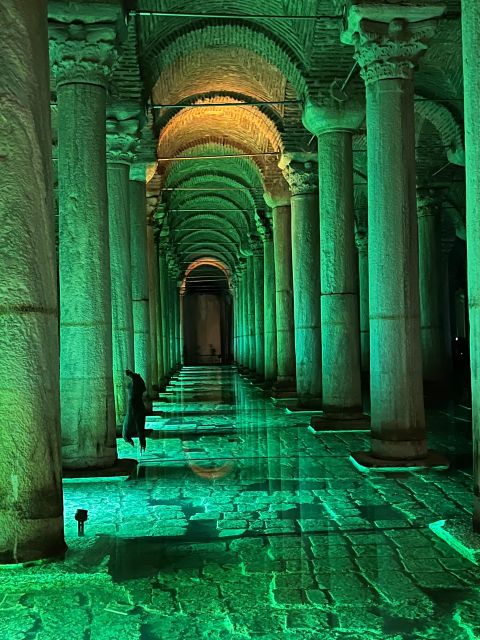
Visitors can book a 1-hour guided tour of the Basilica Cistern, which grants them skip-the-ticket-line access and an engaging live commentary in English.
Private group tours are also available for those seeking a more personalized experience.
Plus, the tour offers a flexible cancellation policy, allowing visitors to receive a full refund up to 24 hours prior to the scheduled start time.
Exploring this majestic underground water reservoir is an unforgettable experience, with its towering columns, iconic Medusa head blocks, and awe-inspiring atmosphere.
Whether you’re a history buff or simply seeking a unique and captivating attraction, the Basilica Cistern tour is an excellent choice for your visit to Istanbul.
Construction and Design

The Basilica Cistern’s impressive construction and design have captivated visitors for centuries.
Commissioned by Eastern Roman Emperor Justinian I between 527 and 565 AD, this majestic underground water reservoir showcases the engineering prowess of its Byzantine architects.
Boasting:
- 336 columns rising to 9 meters in height, spaced 4.80 meters apart in 12 rows of 28
- Columns predominantly carved from single marble blocks, supporting the structure and adding to the awe-inspiring atmosphere
- Rectangular layout measuring 140 meters in length and 70 meters in width, with a capacity of 80,000 tons, making it the largest covered cistern in Istanbul
The Basilica Cistern’s grandiose design and engineering feats continue to impress all who venture into its serene, underground world.
Cultural Significance and Symbolism
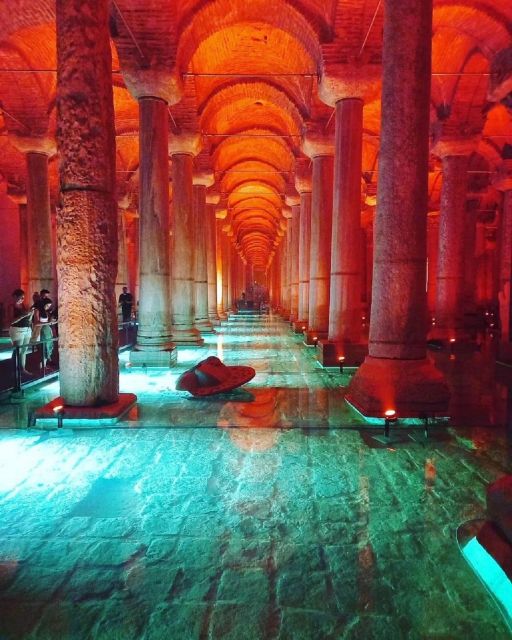
Beyond its impressive engineering, the Basilica Cistern also holds deep cultural significance and symbolic meaning within Istanbul’s rich history.
The subterranean structure has long captivated visitors with its enigmatic atmosphere, hinting at the hidden layers of the city’s past.
The 336 columns, many featuring intricate Medusa head carvings, are believed to hold symbolic meanings dating back to the Byzantine era. These mysterious sculptures are thought to represent the powers of the ancient world, from mythology to religion.
The Basilica Cistern’s role as a water supply system for the Great Palace further underscores its importance as a vital infrastructure that supported the seat of power in Constantinople.
Today, the site continues to enchant and inspire all who venture into its cavernous depths.
Navigating the Cistern
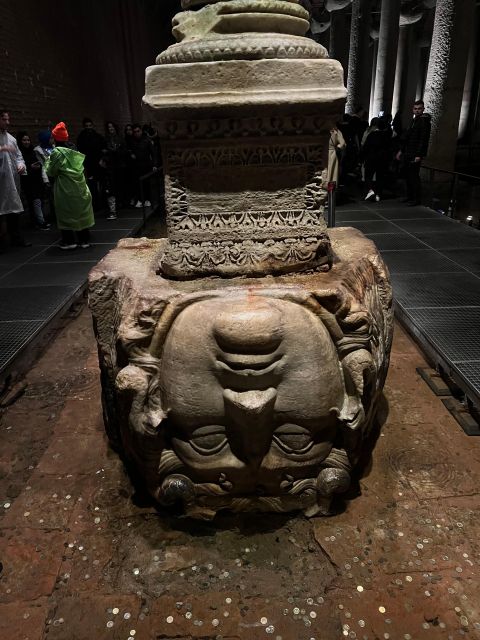
Descending the stone staircase, visitors are greeted by the Basilica Cistern’s serene, cavernous expanse, its 336 columns rising majestically from the calm, reflective waters below.
The experience of navigating this underground wonder is both awe-inspiring and tranquil. Visitors can:
- Stroll along the raised walkway, marveling at the intricate column designs and the Medusa heads that serve as bases
- Gaze into the still waters, catching glimpses of the inverted world reflected above
- Pause at the Cistern’s far end to admire the beautiful ‘Weeping Column,’ said to grant wishes to those who touch it
The Basilica Cistern’s immersive atmosphere and architectural grandeur make it a truly unforgettable experience for all who venture into this ancient Byzantine masterpiece.
Recap
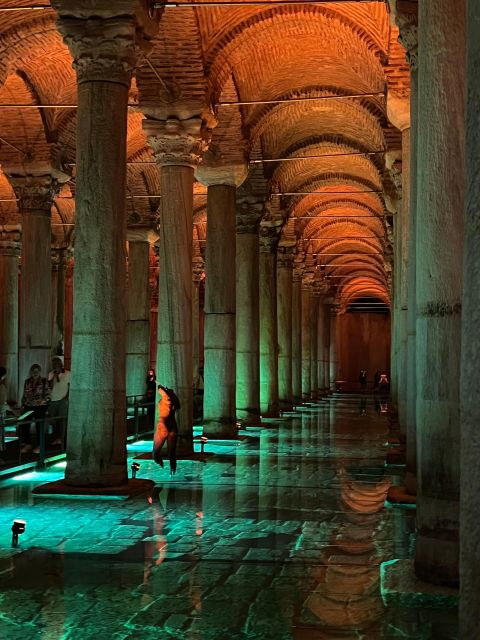
The Basilica Cistern in Istanbul is a remarkable engineering feat that continues to captivate visitors. Its towering columns, inverted reflections, and enigmatic Medusa heads create a mesmerizing atmosphere, transporting guests to the Byzantine era.
As a testament to the empire’s architectural prowess, this subterranean wonder stands as a must-visit destination, offering a glimpse into the city’s rich history and the ingenuity of its past inhabitants.

